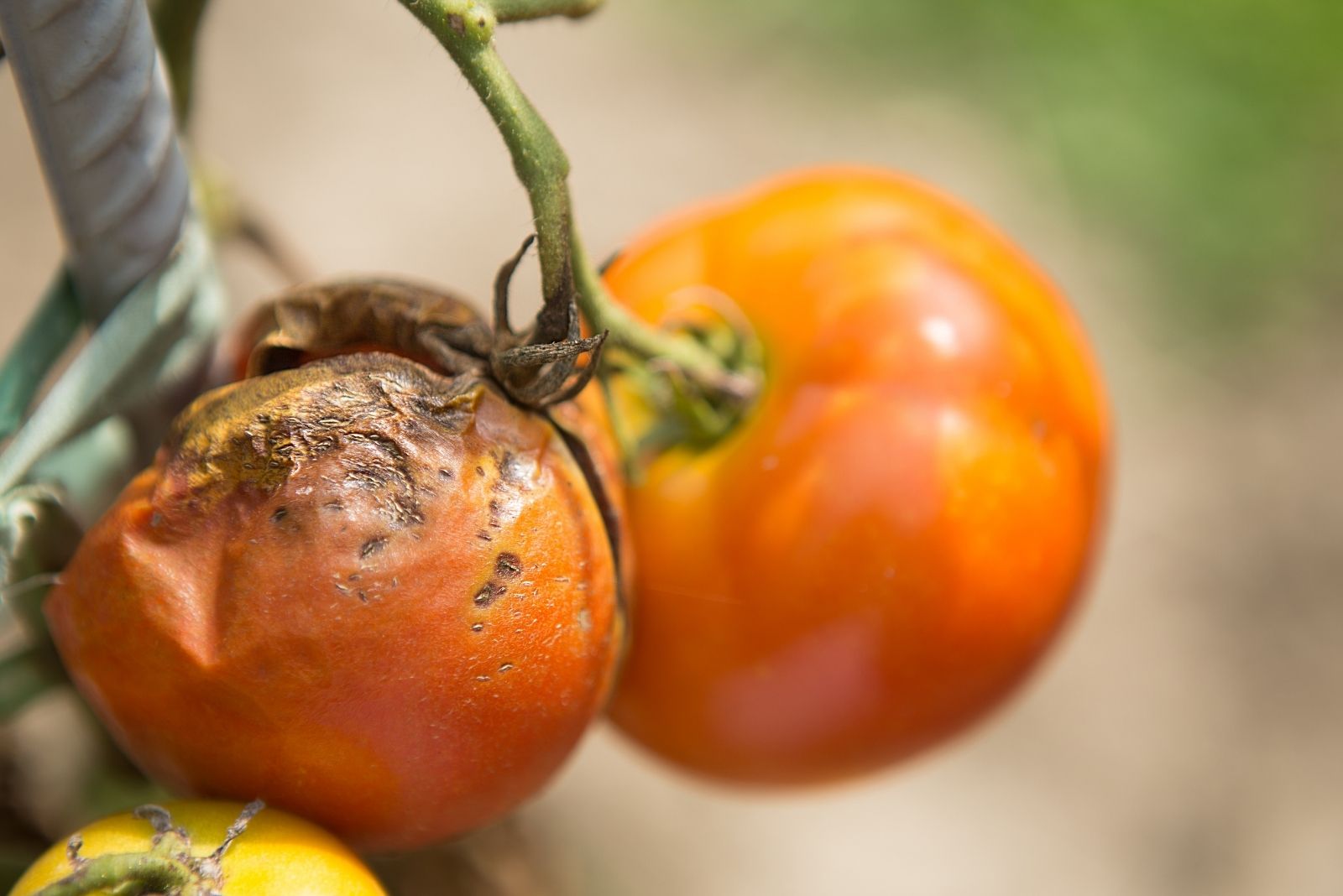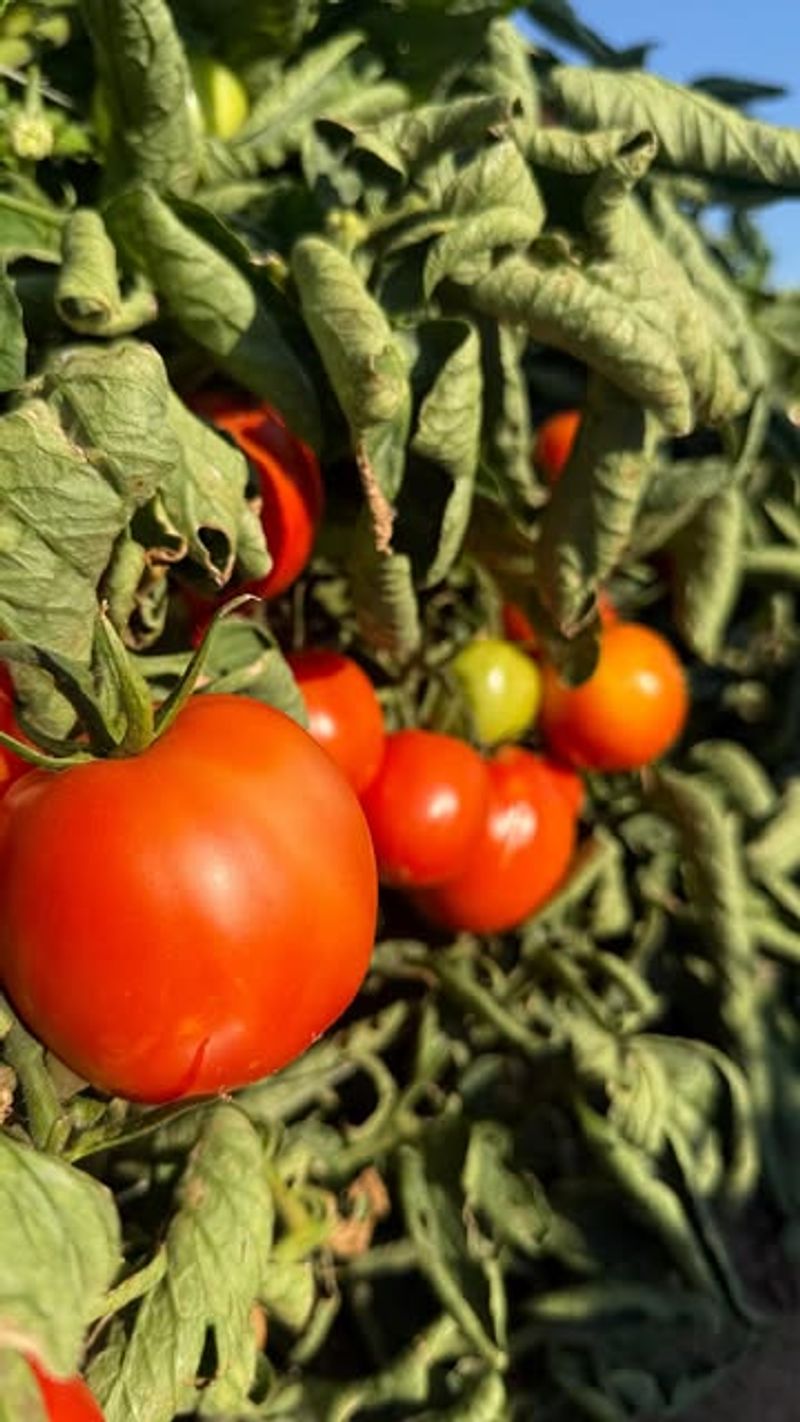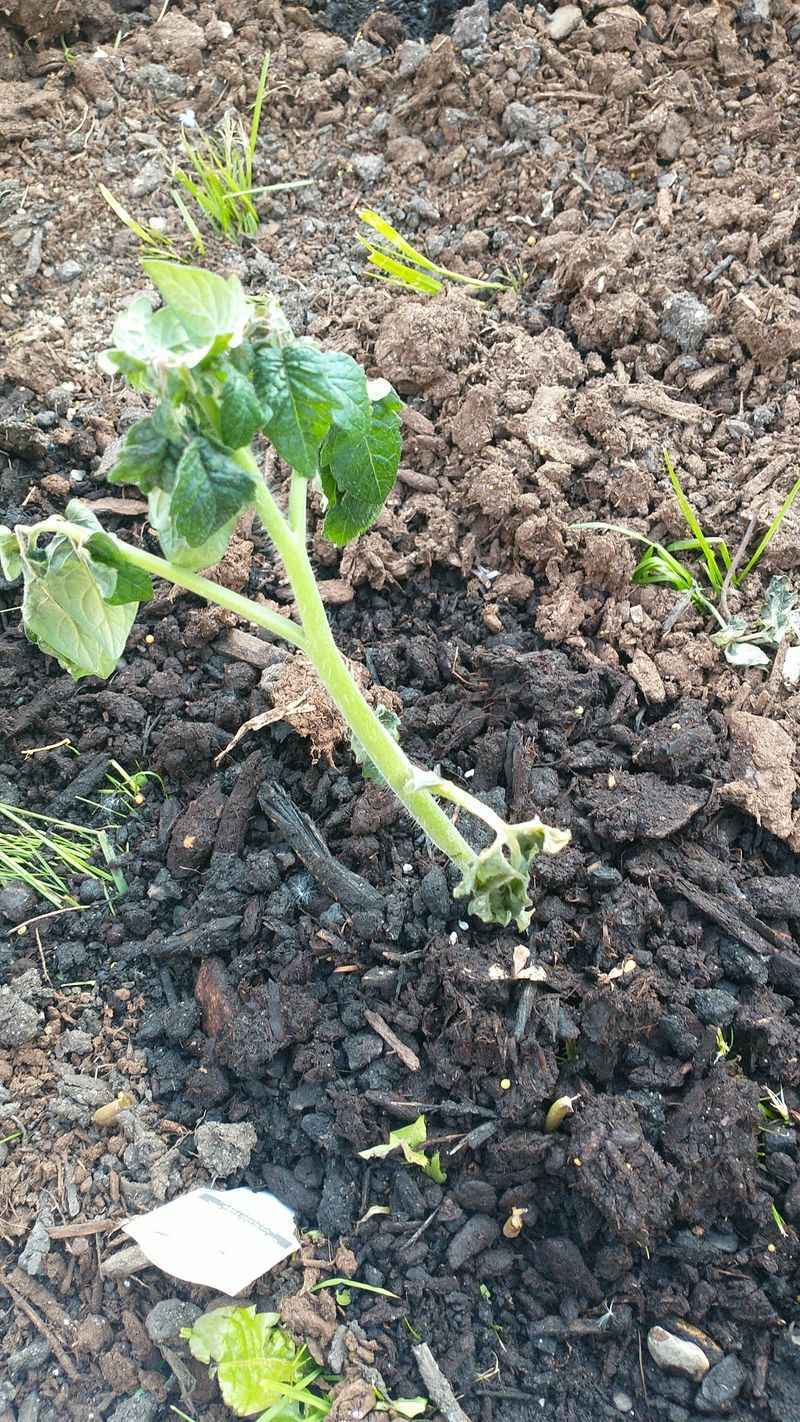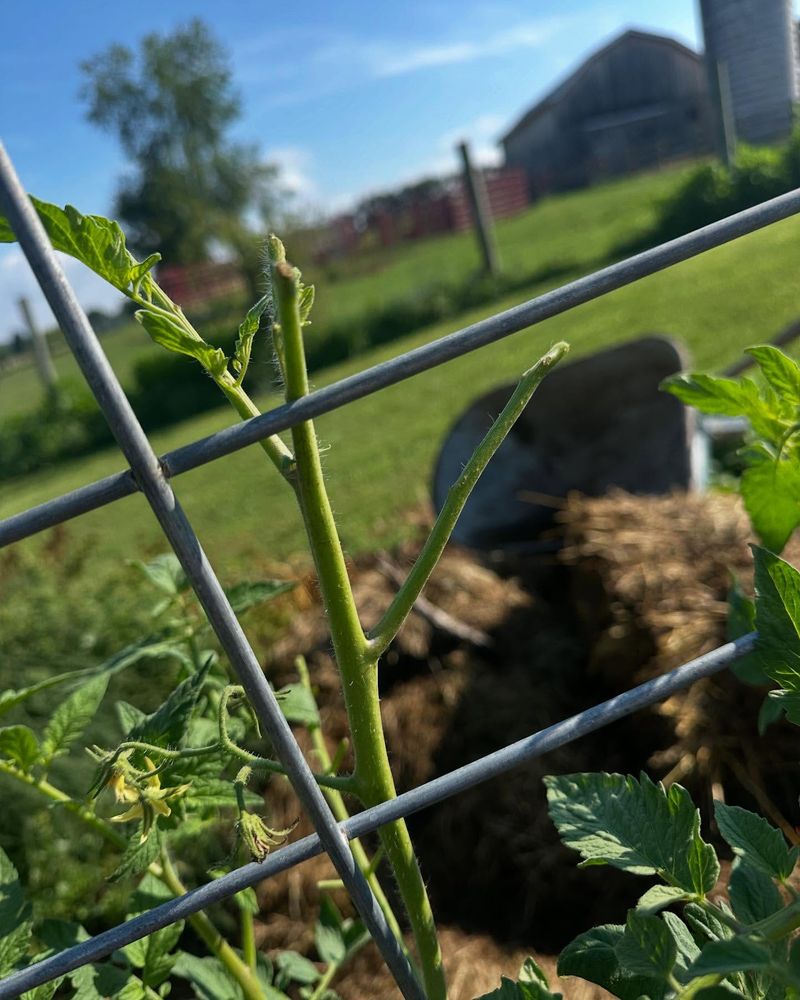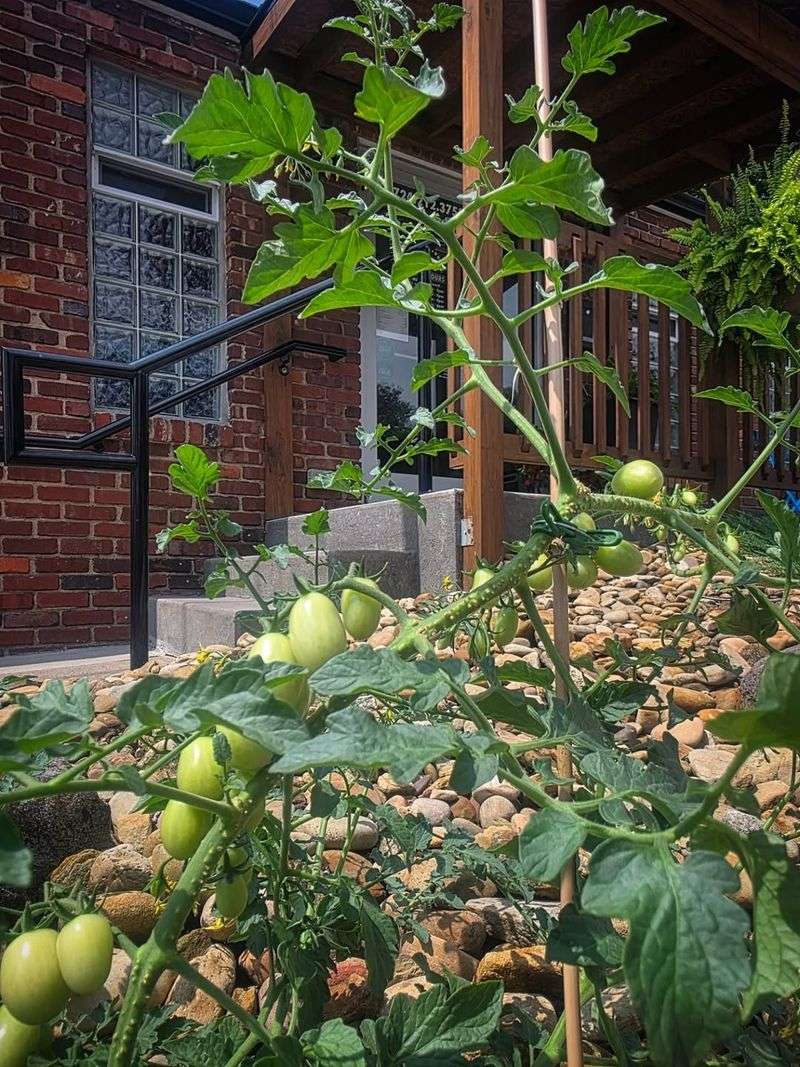Growing tomatoes in Washington isn’t as simple as it might seem. The state has very different climates from west to east. Western Washington tends to be cool, cloudy, and rainy, while Eastern Washington is hot, sunny, and dry.
Because of this, where you plant your tomatoes can make a huge difference in how well they grow. Choosing the wrong location can lead to weak plants, disease issues, and disappointing harvests. Here are the places Washington garden experts say to avoid.
1. Near Black Walnut Trees
Black walnut trees release a chemical called juglone into the soil, which is toxic to tomatoes. Tomatoes growing near these trees can wilt and die quickly, even if the tree is not very close. Walnut roots spread far, and decomposing leaves release juglone as well.
To be safe, keep tomatoes at least 50 feet away from black walnut trees. If walnut trees are on your property, consider planting tomatoes in raised beds with fresh soil.
2. In Deep Shade (Especially In Western Washington)
Tomatoes need at least six to eight hours of direct sunlight per day. In Western Washington, cloudy days already limit sunlight, so planting tomatoes in shaded areas under trees or on the north side of buildings will cause weak growth and very little fruiting.
Plants grown in shade tend to get tall and thin, and they become more vulnerable to disease because air circulation is poor. Choose the sunniest south-facing spot available, especially west of the Cascades. In Eastern Washington, shade is less common, but still avoid anything blocking afternoon sun.
3. Where You Grew Nightshades Last Year
Tomatoes, peppers, potatoes, and eggplants all belong to the nightshade family and share many of the same diseases and pests. In Washington, late blight and soil-borne wilts can linger in the soil for years. Planting tomatoes in the same location every year makes the problem worse.
Rotate crops and wait at least three years before planting tomatoes in the same spot again. This is especially important in the damp regions west of the Cascades.
4. In Poorly Drained, Waterlogged Soil
Western Washington often has heavy, waterlogged soil in spring due to frequent rainfall. Tomato roots need oxygen, and standing water will suffocate them, causing rot and fungal issues. Signs of poor drainage include puddles that don’t disappear and soil that stays wet and sticky.
Dig a small hole and fill it with water. If it takes more than a few hours to drain, the spot isn’t suitable for tomatoes. Raised beds, mounded soil rows, or containers work well in damp regions. In Eastern Washington, where soils are drier, overwatering can create the same problems.
5. Right Next To Competing Plants
Tomatoes need room to grow and good airflow to stay healthy. Aggressive plants like mint, fennel, and large brassicas can crowd tomatoes and compete for nutrients. Corn is also a poor companion because it attracts tomato hornworms, which are common in some parts of Eastern Washington.
Give each tomato plant two to three feet of space. Better companion plants include basil, carrots, and marigolds, which do not compete heavily and can help deter pests.
6. In Contaminated Or Chemical-Treated Soil
Older neighborhoods in Washington cities like Seattle, Tacoma, and Olympia may have soil that contains lead from historical paint, petroleum residues, or chemicals from old treated wood. Tomatoes can absorb these contaminants through their roots, and they can end up in the fruit.
If you are unsure about your soil quality, get it tested, or plant in raised beds filled with fresh garden soil. Avoid using railroad ties or older pressure-treated lumber to border garden beds.
7. Against Walls Or Fences With No Air Flow
Washington’s coastal regions experience high humidity, which increases the risk of fungal diseases like late blight, early blight, and powdery mildew.
Planting tomatoes directly against walls, fences, or other solid structures can restrict airflow, causing leaves to stay wet longer and increasing disease spread. Plant tomatoes at least 18 inches away from walls or fences to allow better airflow around the plant.

